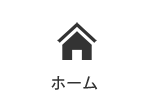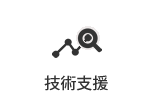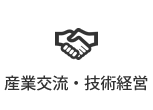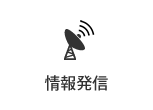本文
No.4(2009)1.Improvement and characterization of phosphate-adsorption capacity of porous glass materials
Ryoji Nakazawa, Hidemi Koyama
Eutrophication in a closed water system is caused by waste water produced by households, industry, livestock, and so on. Phosphate in waste water is a key substance that contributes towards eutrophication. On the other hand, phosphate is a key nutrient for maintenance of crop productivity. Phosphate fertilizer sources (phosphate deposits) are however, predicted to be exhausted at some point in the twenty-first century. To deal with the above problems, we have proposed the establishment of a recycling system of phosphate in the soil-water/plant system. In this system, phosphate-adsorption materials are added to waste water, such as those produced by households, industry and livestock effluent. Following this, the phosphate-adsorbed materials are collected, and are then used as phosphate fertilizer. In a previous paper, porous glass material (PGM) is proposed as a possible candidate of the adsorbents which are applied to phosphate recycling systems. In present research, we developed a PGM which has phosphate-adsorption ability 8 times higher than that reported previously. The adsorption capacity of the developed PGM was 12g P2O5/kg. In the process of manufacturing, dolomite (10%(w/w)) and Na2CO3 were used as a foaming reagent and additive, respectively. The PGM was manufactured by incineration at 750°C for 15 min. Phosphate adsorbed onto the PGM can be recovered by extraction by 0.005 mol/l H2SO4, followed by neutralization with NaOH. In addition, the mechanism of phosphate onto PGM was discussed based on electron microscope observations.
Keywords
dolomite, phosphate, porous glass materials, recycling, sodium carbon













